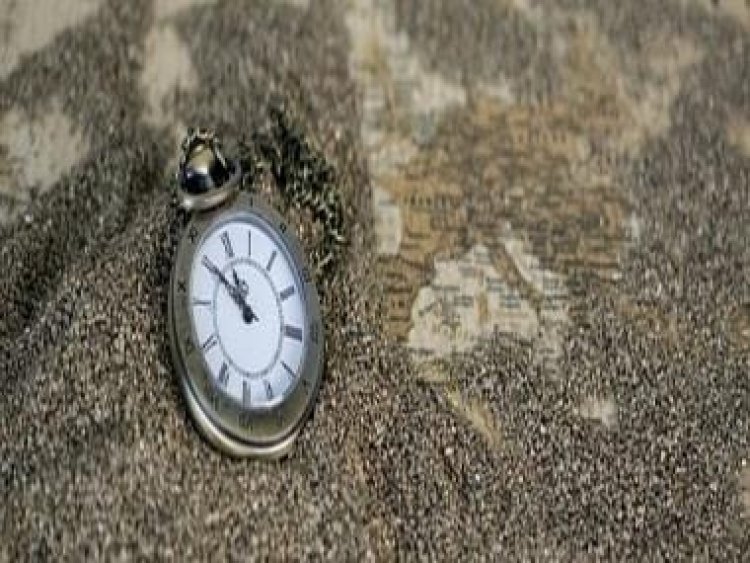Turning the Clock Back: How Indian Standard Time came into existence 75 years ago
Turning the Clock Back: How Indian Standard Time came into existence 75 years ago

The year 1947 brought more than one change to India. It was the year we won independence, but along with that India also started doing things differently, on its own. It was the year when the country adopted a standardised time.
On 1 September 1947, the Indian Standard Time (IST) was introduced. Following this, people across the country began to use a uniform time, calculated on the basis of a standardised measurement system.
As IST completes its 75 years of operation, let’s take a closer look at how it came into being.
What is Indian Standard Time?
Indian Standard Time is the official time zone of India. It is ahead of Greenwich Mean Time (GMT) by five and a half hours.
IST is calculated from the 82.5 degrees East longitude, which falls on a clock tower in Mirzapur near Allahabad, Uttar Pradesh.
The difference in longitude between Mirzapur in India and the Royal Observatory in Greenwich in London equals a time difference of exactly five hours and 30 minutes.
What about before IST?
Pre-independent India operated on local time zones until the railway system was established in the country in the 1850s. This is when the need for a unified time zone became more pressing than ever.
Two time zones were created in the cities of Kolkata and Mumbai in 1884. Kolkata’s time was set at five hours and 30 minutes before GMT while Mumbai’s time zone was set at four hours and 51 minutes ahead of GMT.
By 1905, however, the meridian passing east of Allahabad was chosen as the standard time for the entire country and was eventually declared the Indian Standard Time in 1947.
Who invented IST?
The book Surya Siddhanta, dating back to the fourth century CE, states that in ancient India a 24-hour day started with the sunrise at the prime meridian that passed through Ujjain.
This was further divided into smaller time units. According to a report in Indiatimes.com, these time measurements were mostly used for astrological calculations and not actual timekeeping. Local kings used their own Hindu calendars to measure time.
In 1802, India received a cohesive time zone when a British astronomer of the East India Company named John Goldingham established the longitude along Chennai as 13°5′24″N, 80°18′30″E.
This was also the first time that the country’s day began at 12 midnight like the rest of the world, unlike the previous practice of starting the day with the sunrise.
What is Daylight Saving Time and why doesn’t India follow it?
Daylight Saving Time (DST) is the practice of setting the clocks one hour ahead from standard time during summers and back again during winters, according to a report by timeanddate.
The rationale behind setting the clocks between seasons is to ensure that they show a later sunrise and sunset, to make better use of daylight.
DST is followed in more than 70 countries. It usually starts from March to April and ends between September and November.
According to a report by Indian Express, India doesn’t follow DST as countries near the Equator do not experience higher variations in the daytime between two seasons.
However, during the Sino-Indian war of 1962 and the India-Pakistan war of 1965, India briefly used DST to reduce civilian energy consumption, according to a report by Jagran Josh.
Which other country uses IST?
Other than India, Sri Lanka also uses the Indian Standard Time.
According to a report by Hindustan Times, the island country has changed its time zone six times in 64 years.
In 2006, it finally went back to IST after a gap of 10 years to make better use of daylight.
Is India’s single time zone a good idea?
In India, the sun rises almost two hours early in the east than in the far west. According to a BBC report, critics have argued that the country should have two time zones to make the best use of daylight in eastern India.
Maulik Jagnani, an economist at Cornell University, argues that a single time zone affects the quality of sleep and productivity.
According to Jagnani, India can gain an annual human capital of over $4.2 billion, if the country switches from the existing single time zone.
With inputs from agencies
Read all the Latest News, Trending News, Cricket News, Bollywood News, India News and Entertainment News here. Follow us on Facebook, Twitter and Instagram.
What's Your Reaction?

























































